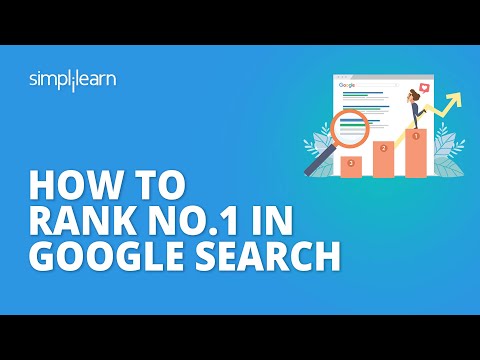
Top SEO Mistakes That Are Killing Your Website’s Traffic
Search Engine Optimization (SEO) is essential for driving organic traffic to your website, but many businesses make critical mistakes that hinder their success. In this article, we’ll explore the most common SEO mistakes and how to avoid them to ensure your website ranks well and attracts visitors.
1. Ignoring Mobile Optimization
With mobile devices accounting for over half of global web traffic, ignoring mobile optimization is a costly mistake. Google’s mobile-first indexing means that your site’s mobile version is the primary factor in determining rankings. If your website isn’t mobile-friendly, you’re likely losing traffic and rankings.
To fix this, ensure your website is responsive and provides a seamless experience across all devices. Use tools like Google’s Mobile-Friendly Test to identify and resolve issues. Optimize images, reduce server response times, and avoid intrusive interstitials that disrupt the user experience.
2. Keyword Stuffing
Keyword stuffing is an outdated SEO tactic that involves overloading content with keywords in an attempt to manipulate rankings. This practice not only harms readability but also leads to penalties from search engines. Modern SEO focuses on creating natural, user-friendly content that incorporates keywords strategically.
Instead of stuffing keywords, focus on semantic SEO by using related terms and synonyms. Write for your audience first, and search engines second. Tools like Yoast SEO can help you maintain an optimal keyword density without overdoing it.
3. Neglecting Technical SEO
Technical SEO is the foundation of a well-optimized website. Neglecting technical aspects like site speed, crawlability, and indexability can severely impact your rankings. Common issues include broken links, duplicate content, and poor site architecture.
Conduct regular technical SEO audits using tools like Screaming Frog or Sitebulb. Fix crawl errors, optimize XML sitemaps, and ensure your robots.txt file is configured correctly. A technically sound website is easier for search engines to crawl and index, leading to better rankings.
4. Overlooking On-Page SEO
On-page SEO involves optimizing individual pages to improve their search engine rankings. Common on-page elements include title tags, meta descriptions, headers, and internal links. Overlooking these elements can result in missed opportunities to rank higher.
Ensure each page has a unique title tag and meta description that includes relevant keywords. Use header tags (H1, H2, H3) to structure your content and make it easier for search engines to understand. Additionally, optimize images with descriptive alt text and compress them to improve page speed.
5. Failing to Build Quality Backlinks
Backlinks are a cornerstone of SEO, but not all backlinks are created equal. Low-quality or spammy backlinks can harm your website’s credibility and lead to penalties. Focus on acquiring high-quality backlinks from authoritative websites in your niche.
Create link-worthy content such as infographics, research studies, and comprehensive guides. Reach out to industry influencers and bloggers to promote your content. Avoid buying links or participating in link schemes, as these tactics can result in severe penalties.
6. Ignoring Local SEO
For businesses with a physical presence, ignoring local SEO is a significant mistake. Local SEO helps you attract customers in your area by optimizing for location-based searches. Without proper local SEO, you’re missing out on valuable traffic from potential customers nearby.
Claim and optimize your Google My Business listing, ensure your NAP (Name, Address, Phone Number) information is consistent across directories, and encourage customer reviews. Local SEO also involves creating location-specific content and building citations from local websites.
7. Not Tracking Performance
SEO is an ongoing process that requires constant monitoring and adjustment. Failing to track your website’s performance can result in missed opportunities and unresolved issues. Use tools like Google Analytics and Google Search Console to monitor key metrics such as organic traffic, bounce rates, and keyword rankings.
Regularly review your data to identify trends and areas for improvement. Conduct A/B testing to optimize landing pages and calls-to-action. By staying proactive and data-driven, you can continuously refine your SEO strategy for better results.
In conclusion, avoiding these common SEO mistakes can significantly improve your website’s traffic and rankings. Focus on mobile optimization, quality content, technical SEO, and performance tracking to stay ahead of the competition. Remember, SEO is a long-term investment, so stay consistent and adapt to algorithm changes to maintain your success.




![Roblox Digital Gift Card - 2,500 Robux [Includes Exclusive Virtual Item] [Digital Code]](https://nbanner.link/img/B07RX6FBFR.jpg)